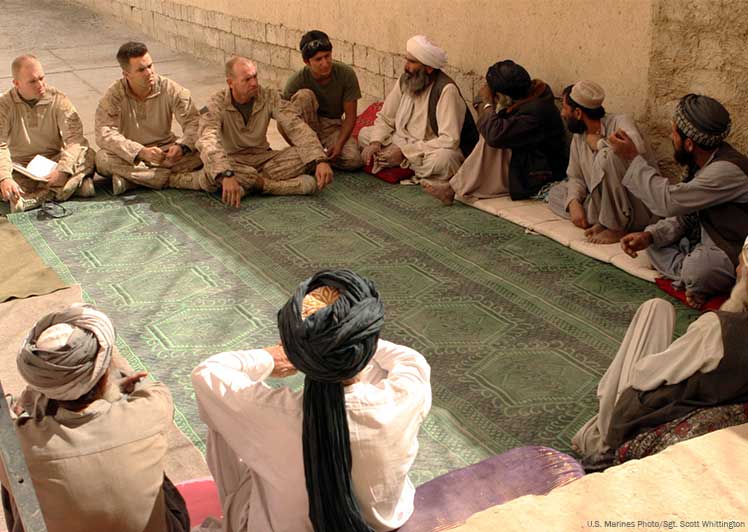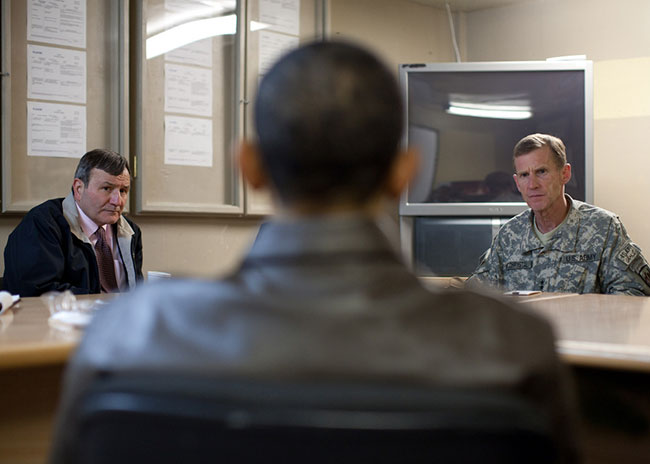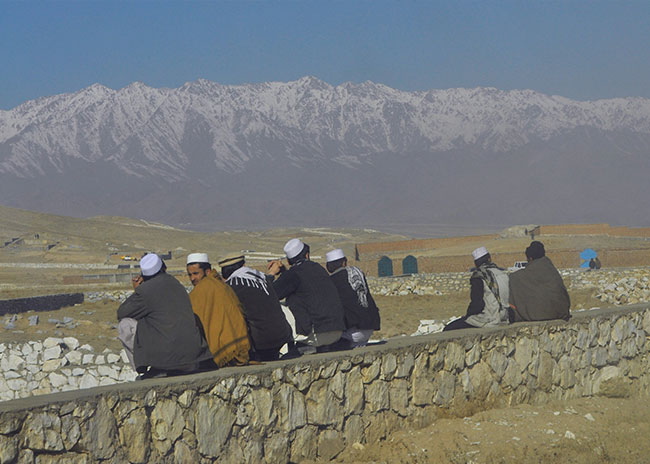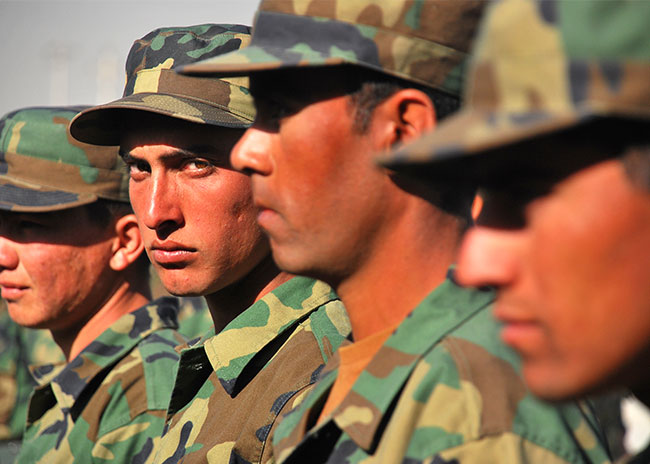The report identifies five main findings from which we draw lessons and recommendations for improvement.
- Corruption undermined the U.S. mission in Afghanistan by fueling grievances and channeling support to the insurgency.
- The U.S. contributed to the growth of corruption.
- The U.S. was slow to recognize the magnitude of the problem.
- U.S. security and political goals consistently trumped strong anticorruption actions.
- Anticorruption efforts lacked sustained political commitment and saw limited success.
